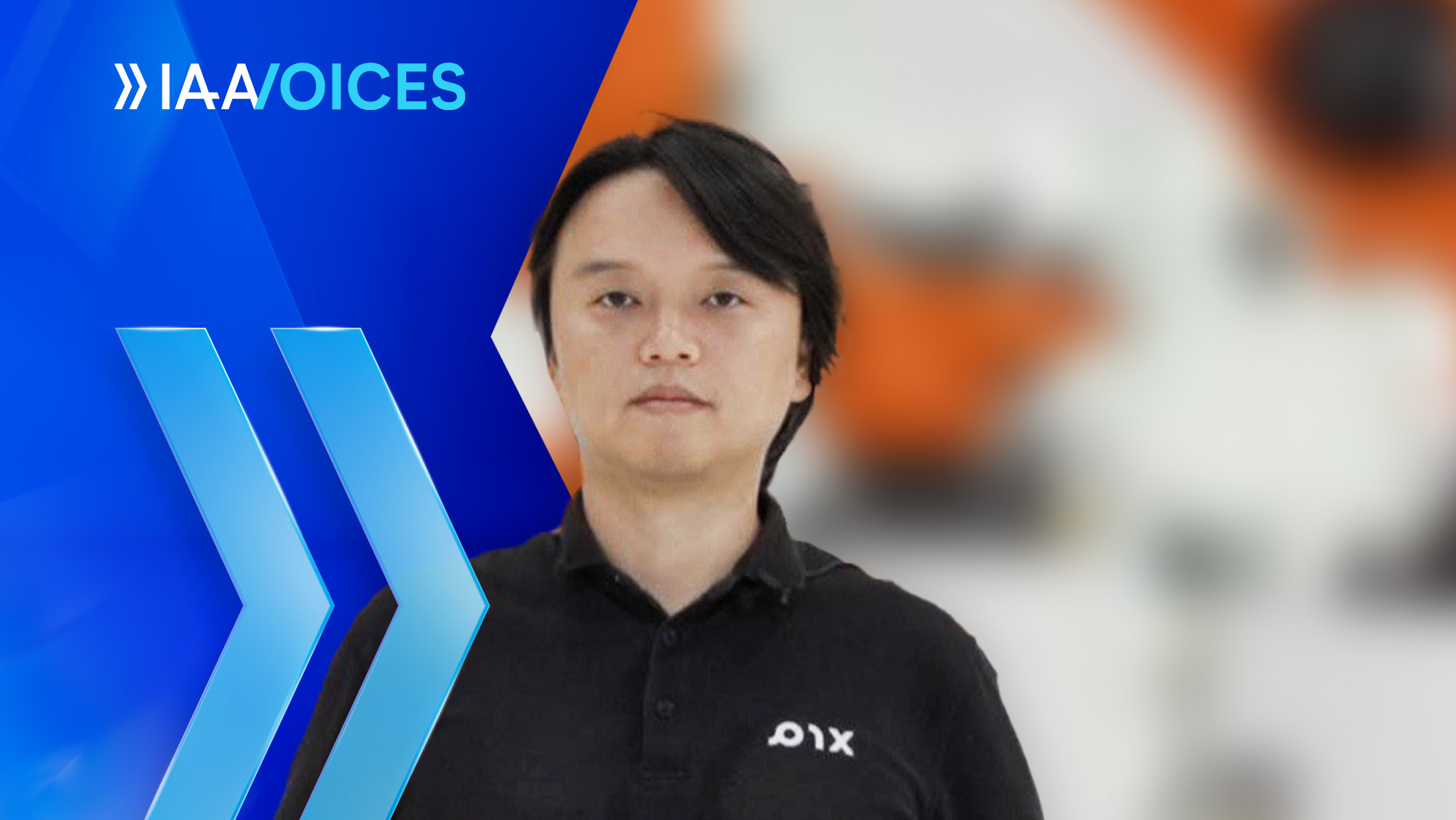
PIX Moving reimagines urban mobility with autonomous vehicles and AI-driven design & manufacturing. We offer modular, sustainable mobility units like RoboBus and RoboShop for 100 cities and 1B+ trips.
1. What key trends do you see currently shaping the development of your field?
PIX Moving: We see three major trends reshaping the mobility landscape today.
First is the shift from vehicle ownership to mobility-as-a-service. People are less focused on owning cars and more interested in flexible, shared, and sustainable mobility options that fit urban life.
Second is the convergence of AI, robotics, and software-defined vehicles. Mobility is no longer just about mechanics; vehicles are becoming intelligent, adaptive platforms that can learn, evolve, and provide services far beyond transportation.
Third is the re-scaling of urban mobility. Cities are moving away from oversized infrastructure and towards smaller, more flexible, on-demand solutions—whether it’s autonomous shuttles for communities, or mobile retail like our RoboShop. This makes mobility more inclusive, accessible, and human-centered.
At PIX, we see these trends not as separate, but as part of a broader transformation: mobility becoming a living infrastructure that connects people, services, and cities in new ways.
2. How important is the IAA MOBILITY as a platform to drive forward innovative ideas and collaborations?
PIX Moving: IAA MOBILITY is one of the most important global stages for the future of mobility. It is not only a showcase of technology, but also a catalyst for collaboration—bringing together automakers, tech innovators, policymakers, and cities to rethink how mobility can serve people better.
For companies like PIX, it provides a unique opportunity to exchange ideas, build partnerships, and demonstrate how new approaches—such as autonomous shuttles, mobile retail, and AI-driven vehicle design—can integrate into real urban life.
What excites me most is that IAA is evolving beyond the traditional auto show format. It reflects the industry’s shift from cars as products to mobility as a living service ecosystem. That makes it an invaluable platform to accelerate innovation and co-create the future of cities.
3. What practical applications and collaborations do you expect to be highlighted at the IAA MOBILITY?
PIX Moving: At IAA MOBILITY, I expect to see not only cutting-edge technology, but also concrete applications that show how mobility can improve daily life. For example, autonomous shuttles connecting communities, on-demand services that make cities more inclusive, and sustainable solutions that reduce environmental impact.
Collaboration will also be key. I believe we will see stronger partnerships between mobility innovators, city governments, and service providers—working together to create ecosystems rather than isolated products.
For PIX Moving, this means showcasing how our RoboBus and RoboShop can serve as “mobility cells” within urban systems, Beastie as new species of tomorrow mobility, and exploring collaborations with operators, retailers, distributors and technology partners. IAA is where ideas become tangible projects, and where we can jointly shape the living infrastructure of future cities.
4. What projects will you like to showcase at the IAA MOBILITY?
PIX Moving: At IAA MOBILITY, we are excited to showcase our ecosystem of AI-native mobility solutions.
First is the PIX RoboBus, our autonomous shuttle designed for first/last-mile and community transit. It represents the global trend toward smaller, flexible, and sustainable public transport that adapts to cities rather than the other way around.
Second is the RoboShop, the autonomous-ready retail platform. It demonstrates how mobility can go beyond transport—bringing goods, services, and experiences directly into neighborhoods, campuses, and events.
We will also introduce the Beastie (PIX Robo-EV), a cutting-edge two-seater micro electric vehicle designed for urban mobility, featuring an AI-driven generative biomimetic design and is manufactured through advanced metal 3D printing. Beastie represents a revolutionary approach to the next-gen transportation.
Together, these projects illustrate PIX’s mission: building “mobility cells” that sense, learn, and connect—forming a living, adaptive infrastructure for future cities.
5. How can the IAA MOBILITY help make sustainable technologies and approaches accessible to a wider audience?
PIX Moving: IAA MOBILITY is more than an industry exhibition—it is a powerful global platform to make sustainable mobility visible, relatable, and accessible. Its international scale, with participants and audiences from across the world, ensures that new ideas are not confined to one region but shared globally. The event communicates the message of sustainability beyond technical circles, turning it into something people can experience directly—whether through test rides, live demonstrations, or simply seeing how these solutions fit into daily life.
At the same time, IAA embodies accessibility in its very format: it brings together diverse stakeholders—governments, innovators, operators, and citizens—so that technology is not developed in isolation but co-created as a public good.
For PIX, this is deeply aligned with our vision of serving 100 cities, 1,000 communities, and 1 billion rides. We believe sustainable mobility should not be a privilege for a few, but an equally accessible reality for people everywhere—and platforms like IAA help accelerate that transformation.
6. In what ways do you work with OEMs to accelerate the implementation of innovations in vehicles?
PIX Moving: We see OEMs as vital partners in transforming mobility. PIX does not aim to replace traditional manufacturers—instead, we complement them by providing agile, AI-native platforms and rapid building capabilities.
PIX Ultra-Skateboard chassis and robotized manufacturing system enable OEMs and partners to test new concepts quickly, customize vehicle forms for different use cases, and shorten the time from idea to road deployment. By working together, OEMs bring their scale and reliability, while PIX brings flexibility, speed, and an open ecosystem for integration.
We also collaborate on software-defined vehicle development, data-driven services, and new business models such as mobility-as-a-service or mobile retail. This way, innovation is not stuck in labs but implemented in real vehicles, operating in real cities.
In joint efforts with OEMs, we’re enabling the diversity of smart mobility solutions of tomorrow.